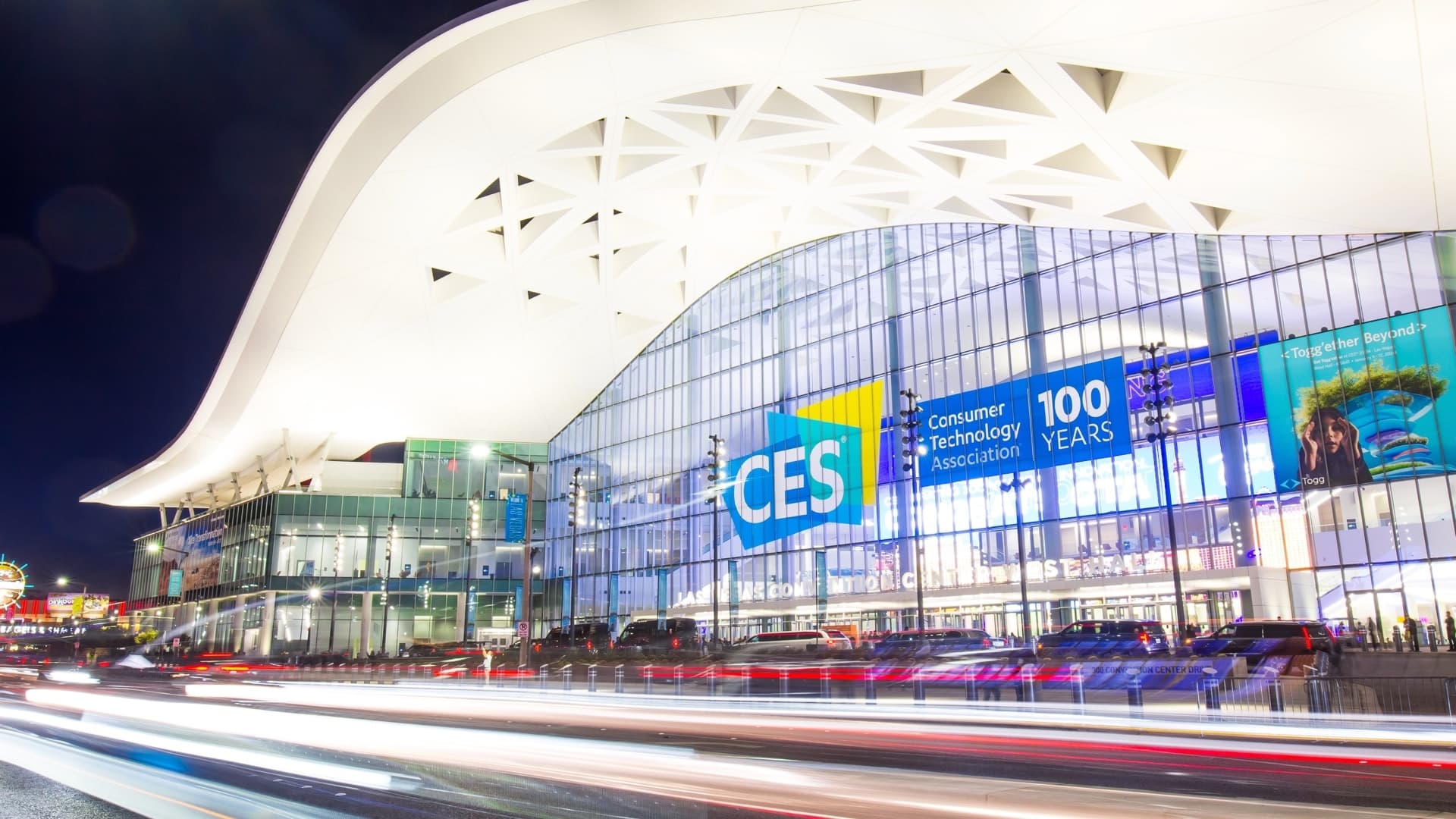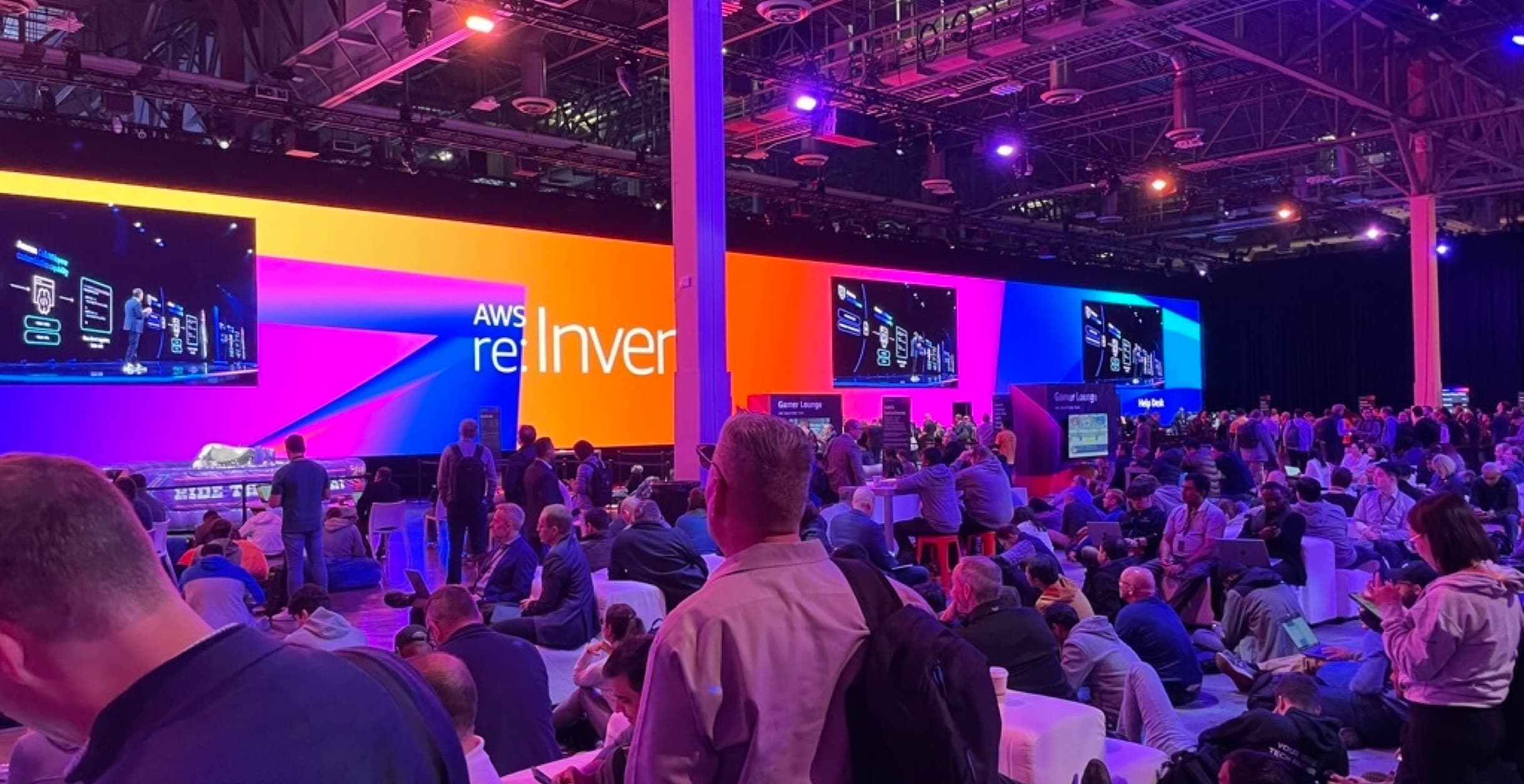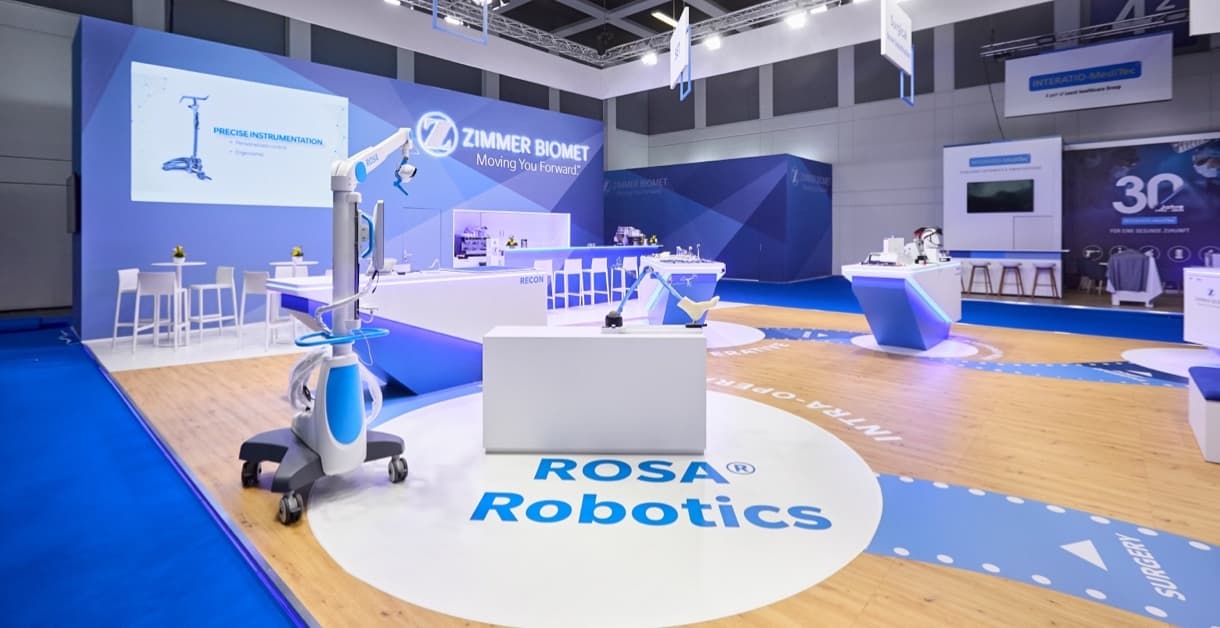Revitalizing the Future of Retail

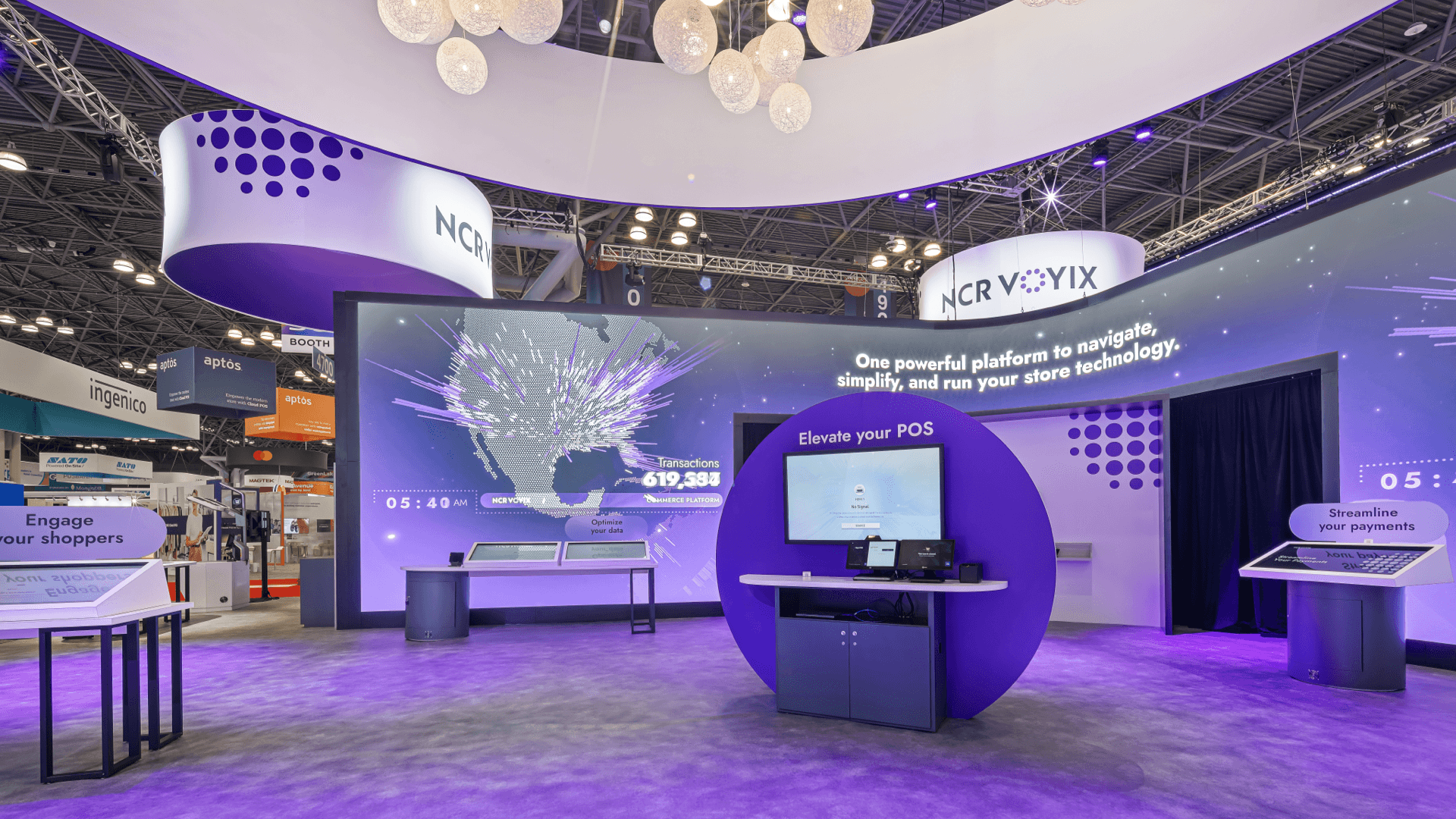
National Retail Federation (NRF) is synonymous with its host city, New York, known for its thriving retail businesses. Post-pandemic, the 2024 edition rebounded, returning to an attendance of approximately 40,000, over 1,000 exhibitors, and more than 100 sessions, unseen since 2020. Though hosted over the MLK weekend January 14-16, that didn’t stop attendees—the expo floor was vast, crowded, and bustling, creating a generally positive vibe with excitement. Brands successfully engaged attendees through larger hands-on demos showcasing new technology and content discussed at in-booth theaters. We’ve highlighted a few key trends we observed.

Expo floor and exhibits overloaded with activity.
Navigational challenges and growing pains at the Javits Center, owing to its multiple floors and the event's expansion, result in cramped exhibits, as the high attendee-to-exhibit size ratio and limited space become more apparent.
Saturated sponsorship moves action beyond the expo.
There continues to be an overwhelming amount of sponsorship banners and advertising, posing a challenge for brands being able to stand out. To make a first and lasting impression with attendees, the lobby's transformation into engaging spaces with lounge seating, private breakfasts, happy hour, and DJ music during peak times marks a positive shift from 2023, enhancing attendee experience amidst the noise.
Fewer giveaways, more hospitality.
Brands shifted towards offering fewer, but more impactful giveaways, favoring larger raffle-style items over smaller, less useful ones. Hospitality saw an increased emphasis over smaller giveaways, compared to 2023.
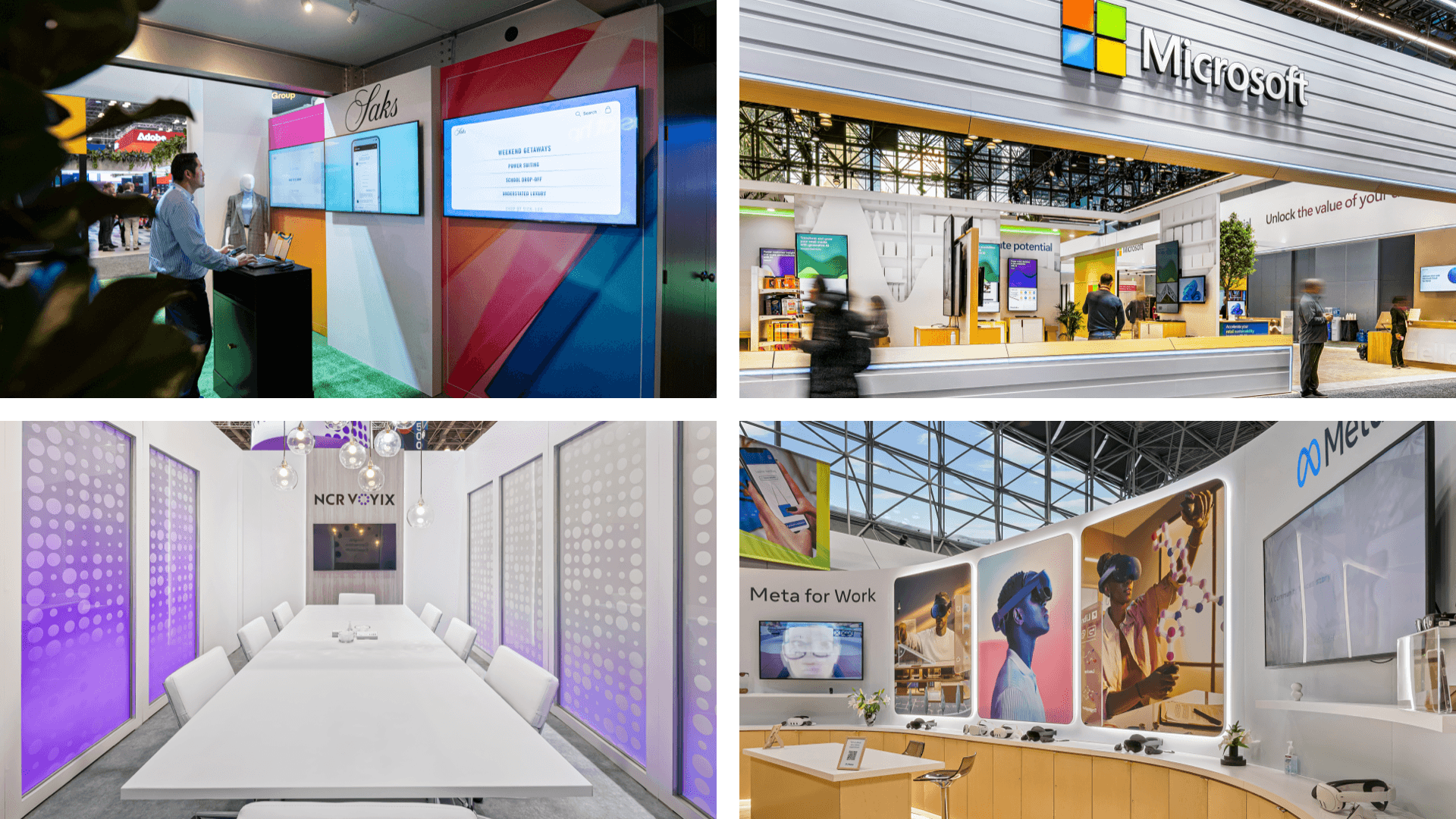
Enclosed architecture.
Exhibits utilized tall walls to surround interactive elements, often making spaces feel claustrophobic.
Mock stores.
Despite the familiarity of the store layout at NRF exhibits before, brands have enhanced their investment in premium simulated retail spaces at NRF, allowing attendees to interact with products and technologies in a highly realistic setting.
Expanded meeting room space with reduced casual networking areas.
Brands prioritized expanding built-in private meeting rooms for executive discussions, reducing casual areas to enhance open exhibit space and focus on purposeful technology demos.

Conclusion:
NRF remains to be one of the top retail shows; however, in recent years it has leaned more into typical tech themes such as the metaverse. A large focus in messaging and thought leadership throughout the show floor continued to align with the critical industry trend—nearly all exhibits featured some aspect of AI technology and messaging communicated to attendees. As NRF 2024 drew to a close, it became evident that the show successfully demonstrated the retail industry's resilience and adaptability, showcasing a resurgence in retail enthusiasm post-pandemic. With attendees overloaded throughout the floors, limited space, and crowding of sponsorship, it is time to think about how brands can set themselves apart in a new and unique way at this important show.
